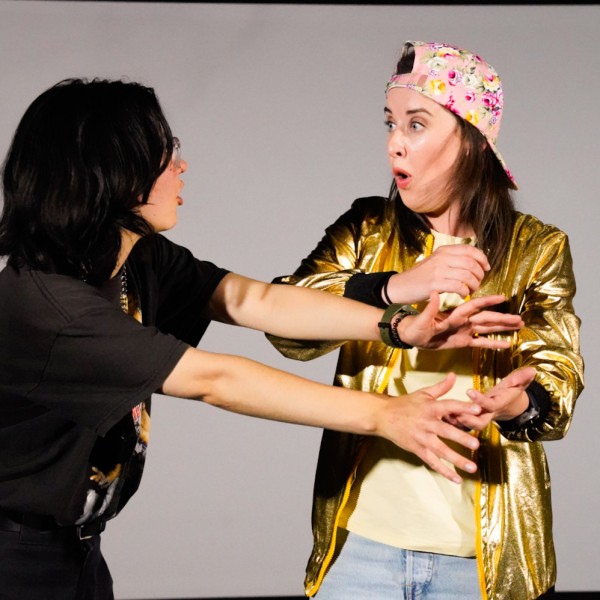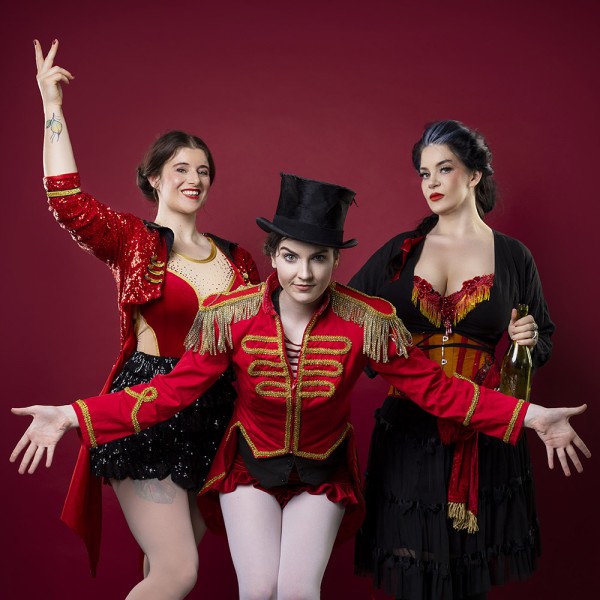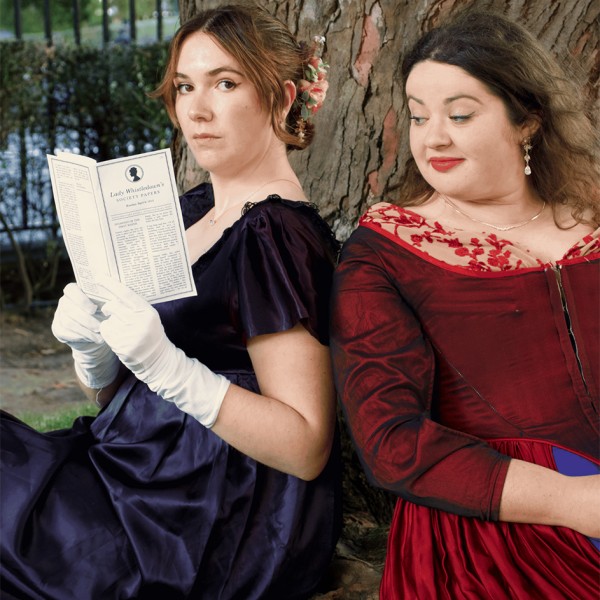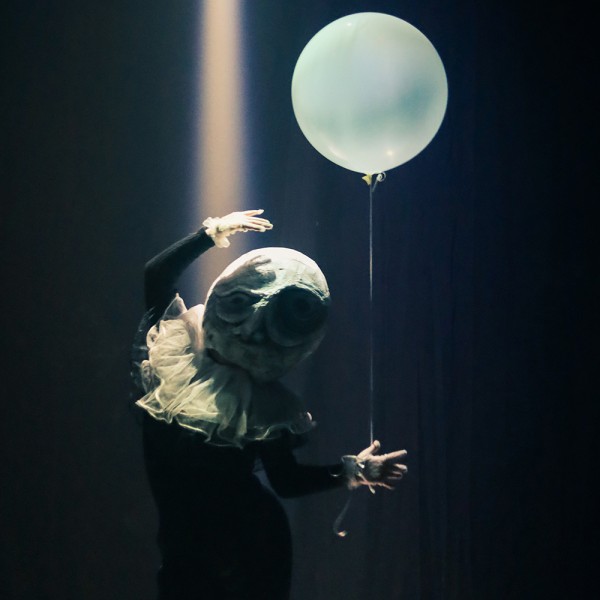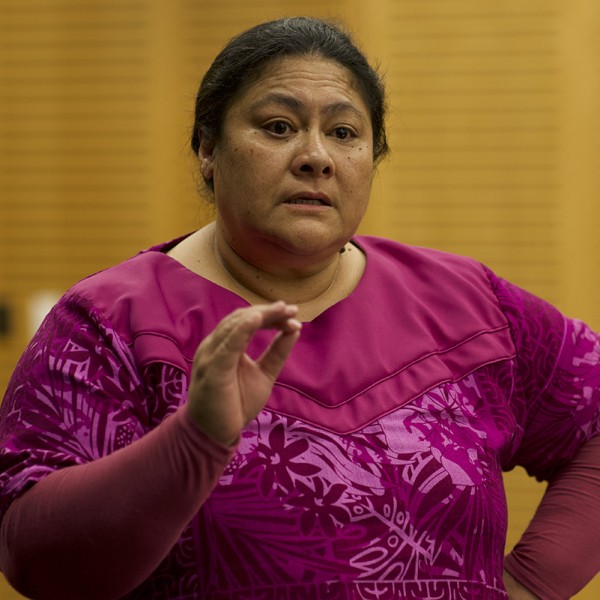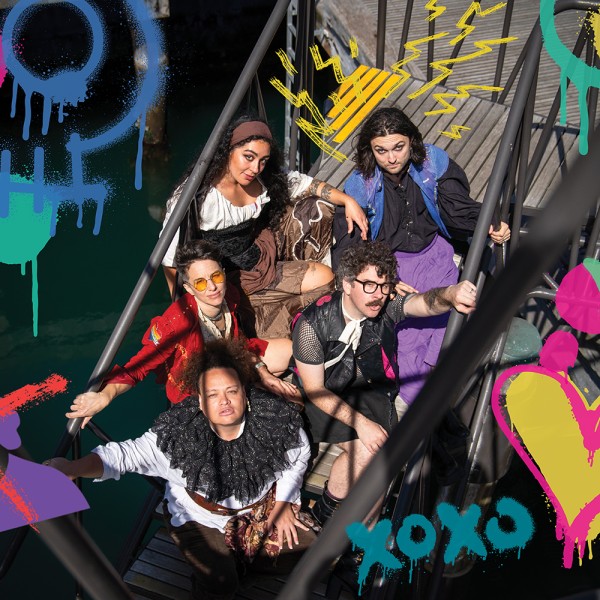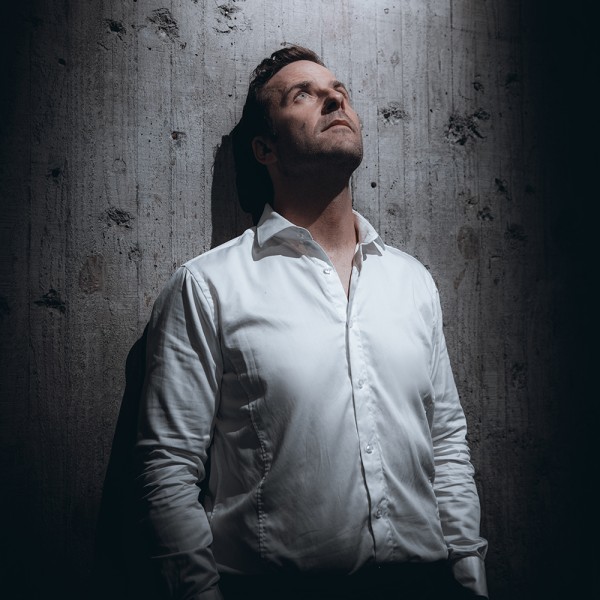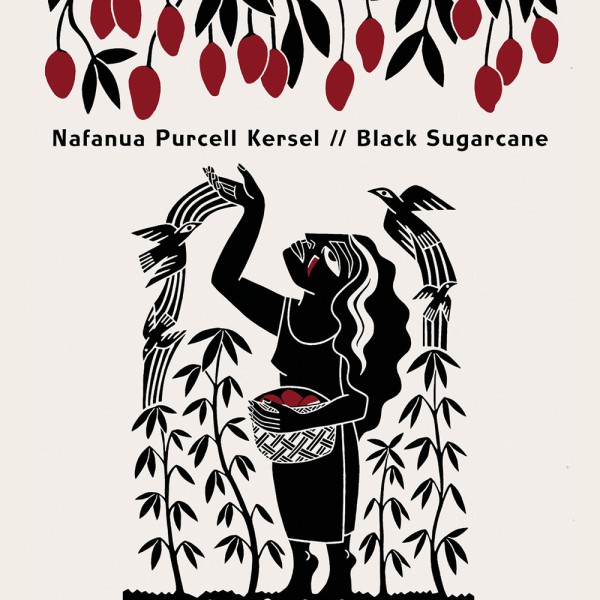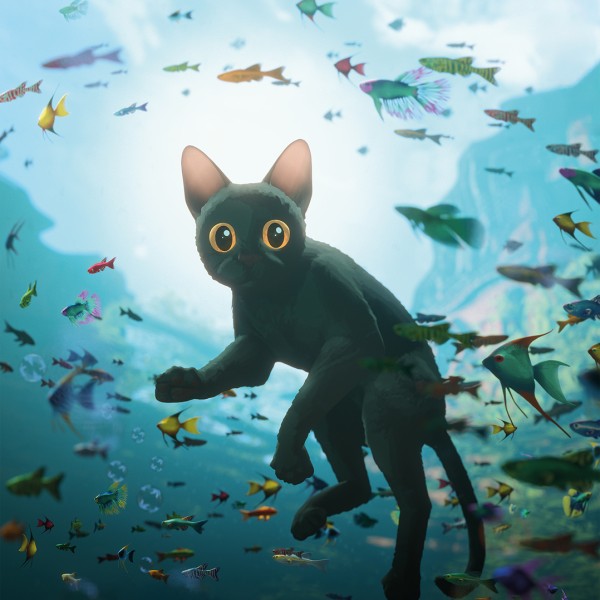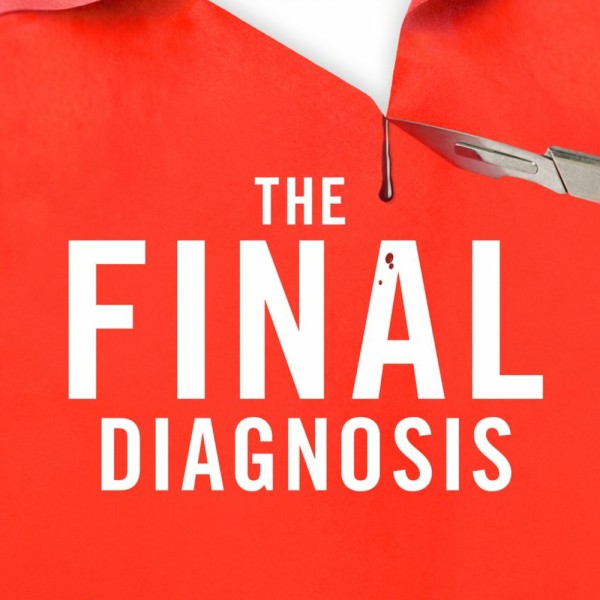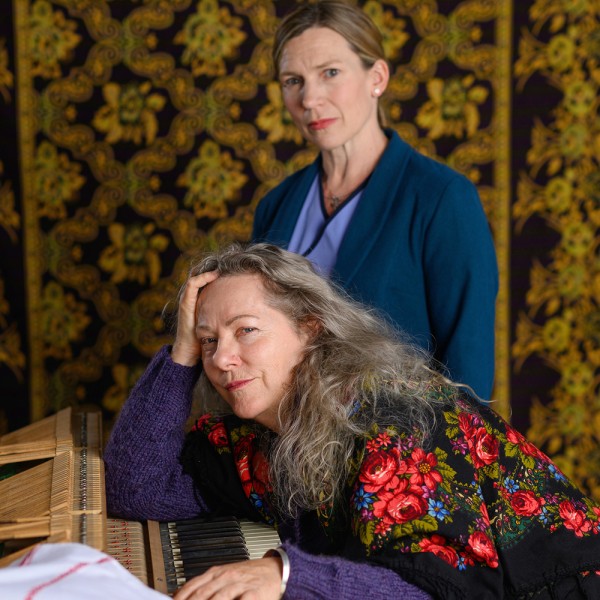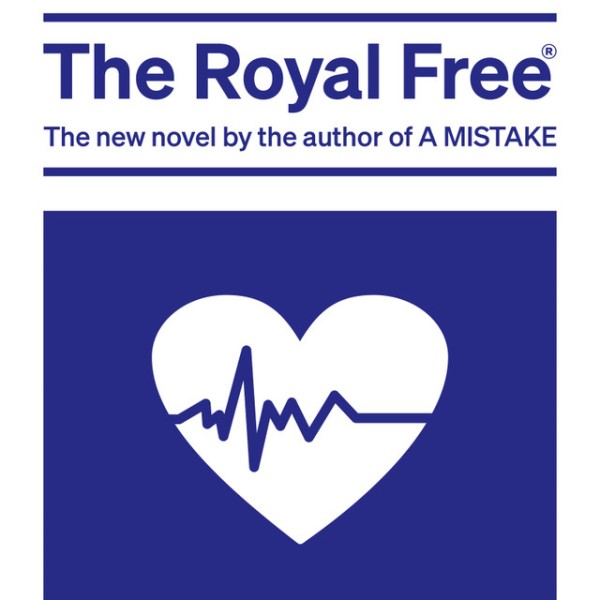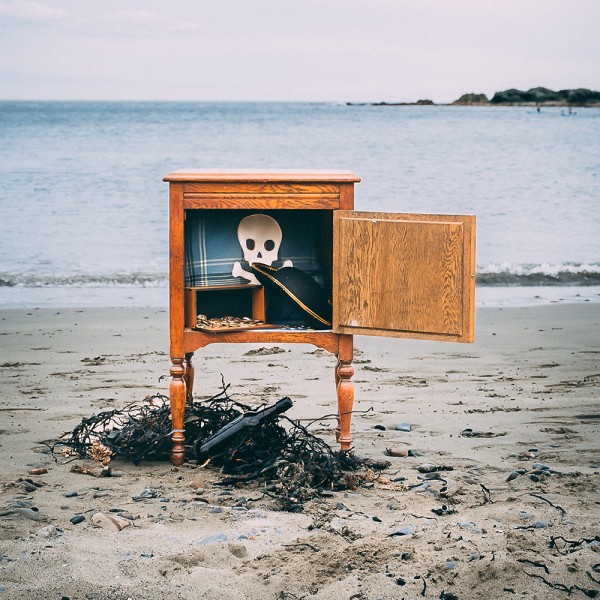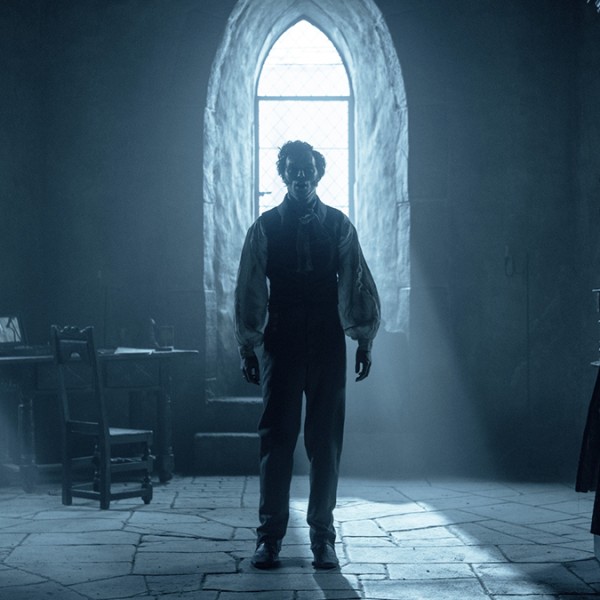
Edit the Sad Parts
Written by: Jack McGee
Directed by: Lia Kelly
Circa Theatre, 22nd Feb 2025
Reviewed by: Zac Fitzgibbon
Edit the Sad Parts is Jack McGee’s romantic drama about Debi (Aimée Sullivan), who is writing a short story about a break-up, eventually collaborating with her boyfriend Keith (Jamie Cain). Through Debi’s fictional characters Theresa (Emma Katene, Ngāti Kahungunu) and Montgomery (Dryw McArthur), the couple discovers a lot about their relationship, with some truths harder to chew on than a crayfish’s claw.
This performance offers up heartfelt and hilarious moments in equal measure. One second, your feelings are hit deep and hard, and the next, you’re bursting into laughter. McGee’s script is incredibly witty and depicts romance so well. All four actors bring these characters to life and add a realism that sometimes hits a bit too close to home – in the best way. Not only that, but the cast’s vocals are great, especially in Katene and Cain’s hilarious singing number.
While there are many unexpected moments that make the audience laugh, the most impactful are the quiet, revealing ones between the characters. Just when you think this is an ordinary play reading, something unhinged happens. Edit the Sad Parts expertly balances reality and fiction.
I appreciate that there is no specific setting, as the plot is so universal it could happen to anyone in a relationship. However, it might have been helpful to place the story somewhere specific to ground it. I also love the technical elements towards the end, such as the use of Andrew McGee’s software and the total chaos of the final scene. However, it feels like there’s more of the story left to tell: the ending seems unresolved, as if something is missing.
All in all, Edit the Sad Parts strikes a harmonious chord on your heartstrings. Conceptually, it’s something special and has a lot of potential. I look forward to future renditions of this great play.





